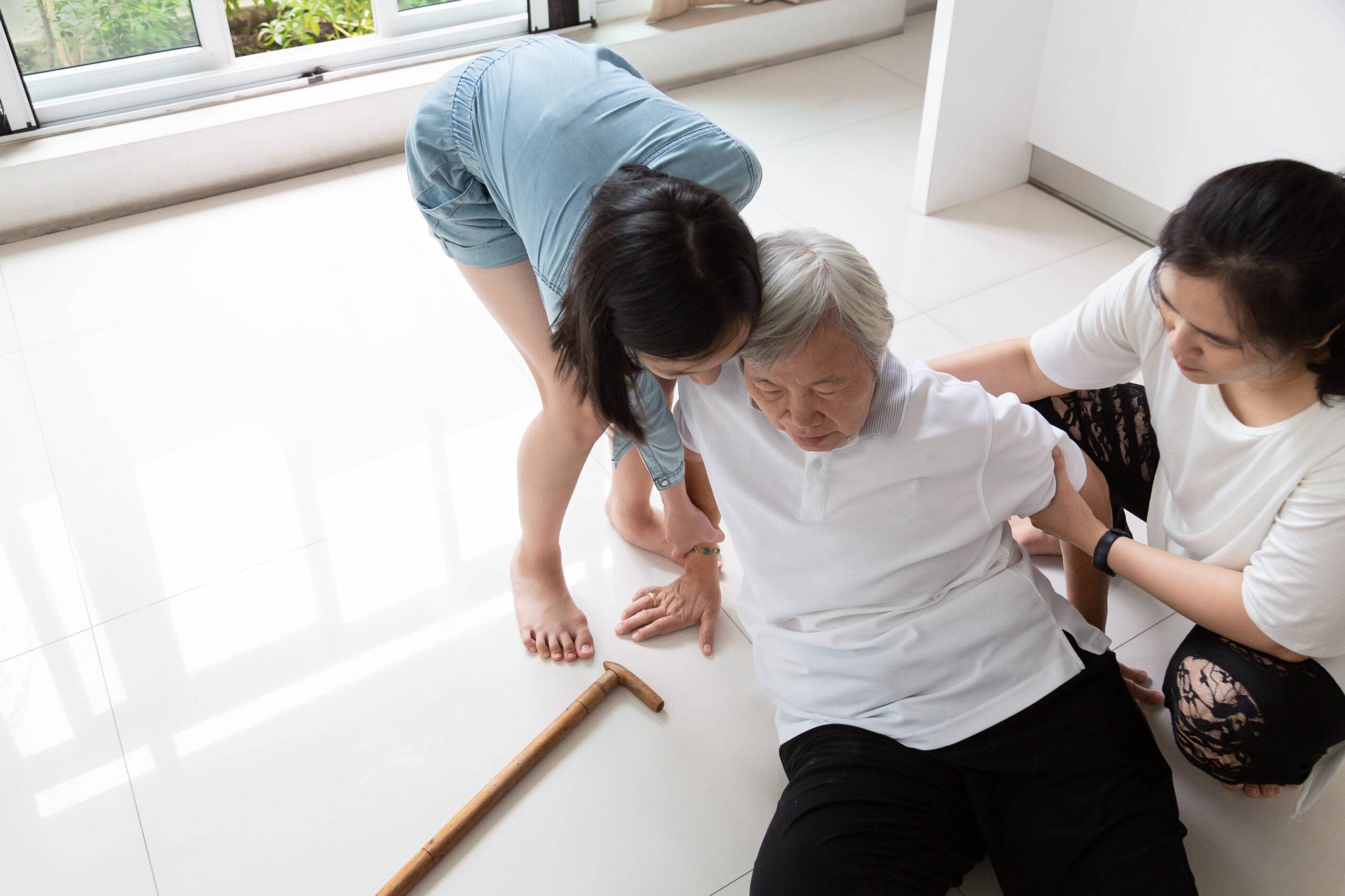As we age, the risk of falling becomes a significant concern for many seniors and their families. Understanding how to train seniors to use fall detection devices is crucial in ensuring their safety and independence. These devices play a vital role in providing peace of mind to both seniors and their caregivers. In this article, we will explore the steps involved in training seniors to effectively use fall detection technology.

Understanding Fall Detection Technology
Before diving into the training process, it’s essential to understand what fall detection technology is and how it works. Fall detection devices are designed to automatically detect falls and alert caregivers or emergency contacts. These devices often use sensors and algorithms to differentiate between normal movements and falls.
Importance of Fall Detection for Seniors
Falls are a leading cause of injury among seniors, making fall detection devices crucial. They offer a layer of security, enabling immediate response in case of a fall. According to the Health in Aging, timely intervention can significantly reduce the severity of injuries sustained from falls.
Choosing the Right Fall Detection Device
When selecting a fall detection device for seniors, consider factors like ease of use, reliability, and compatibility with other devices. It’s important to choose a device that suits the senior’s lifestyle and specific needs. For more insights, you can explore smart elderly care solutions for a comprehensive understanding of available technologies.
Preparing Seniors for Fall Detection Training
Preparing seniors mentally and physically is a crucial step in the training process. Ensuring they understand the importance of the device and feel comfortable using it is fundamental. Encourage open communication and address any concerns they may have.
Establishing a Training Environment
Create a comfortable and distraction-free environment for training sessions. Ensure that the senior feels relaxed and is ready to learn. This environment will help in maintaining focus and understanding.
Step-by-Step Training Guide
1. Introduction to the Device: Start by introducing the device and explaining its components and functions. Allow the senior to get familiar with its appearance and weight.
2. Hands-On Demonstration: Provide a hands-on demonstration of how the device works. Show how to wear it, activate it, and respond to alerts.
3. Practice Sessions: Conduct multiple practice sessions where the senior can use the device under supervision. Encourage them to ask questions and provide feedback.
4. Simulated Scenarios: Create simulated fall scenarios to test the device’s response. This will help seniors understand what to expect in real situations.
5. Review and Feedback: After each session, review the process and gather feedback. Address any issues or concerns raised by the senior.
Building Confidence in Using Fall Detection Devices
Confidence is key in ensuring seniors use their fall detection device effectively. Reinforce the importance of the device and how it can provide a sense of security. Highlight success stories and positive outcomes from using such technology.
Creating a Supportive Network
Encourage family members and caregivers to be part of the training process. Their involvement can boost the senior’s confidence and provide additional support. Consider exploring fall detection linked to emergency contacts for insights on creating an efficient support network.
Regular Check-ins and Updates
Schedule regular check-ins to ensure the senior is comfortable using the device. Provide updates on new features or technologies that may benefit them.
Overcoming Challenges in Training
Training seniors to use fall detection devices may come with challenges. Patience and persistence are essential. Address any technical difficulties and provide continuous support.
Addressing Technical Issues
Technical issues can be frustrating for seniors. Provide clear instructions and support for troubleshooting common problems. Encourage them to reach out for help when needed.
Ensuring Continued Usage
Regularly reinforce the benefits of using the device. Share stories and experiences from other users to motivate continued usage.
Future of Fall Detection Technology
The future of fall detection technology looks promising with advancements in AI and IoT. These innovations aim to enhance accuracy and user experience. For an in-depth look at how technology is transforming daily life, visit IoT sensors for daily life.
Conclusion
Empowering seniors with the knowledge and skills to use fall detection devices effectively can greatly enhance their safety and well-being. By understanding the technology, providing thorough training, and offering continuous support, we can ensure that seniors feel confident and secure in their daily lives.

FAQ
1. What is the primary benefit of fall detection devices?
Fall detection devices provide immediate alerts in case of a fall, ensuring timely intervention and reducing the risk of severe injuries.
2. How can I choose the right fall detection device for a senior?
Consider factors like ease of use, reliability, compatibility, and the senior’s lifestyle when choosing a fall detection device.
3. How often should training sessions be conducted?
Conduct regular training sessions and check-ins to ensure the senior remains confident and comfortable using the fall detection device.
This article contains affiliate links. We may earn a commission at no extra cost to you.






